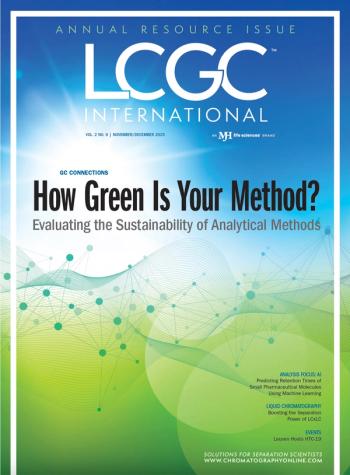
Researchers Discover Sex Hormone-Binding Globulin Shows Link to Fracture Risk in Older Men
Researchers from the University of Gothenburg and other sites in Sweden, along with researchers from Portland, Oregon and Quebec, Canada conducted a study to examine the role of serum sex steroids in fracture risk among men.
Researchers from the University of Gothenburg and other sites in Sweden, along with researchers from Portland, Ore. and Quebec, conducted a study to examine the role of serum sex steroids in fracture risk among men. The study included 2,639 men with a mean age of 75 years from MrOS Sweden, a prospective, population-based cohort. The researchers used a specific gas chromatography–mass spectrometry technique to analyze sex steroids at baseline. After baseline, the incidence of at least one fracture was 20.9 per 1,000 person-years. The researchers found an inverse relationship between fracture risk and estradiol (HR per standard deviation decrease=1.34), free estradiol (HR per SD decrease=1.41), testosterone (HR per SD decrease=1.27), and free testosterone (HR per SD decrease=1.32). However, sex hormone–binding globulin was directly related to fracture risk (HR per SD decrease=1.41), according to the researchers.
Newsletter
Join the global community of analytical scientists who trust LCGC for insights on the latest techniques, trends, and expert solutions in chromatography.



